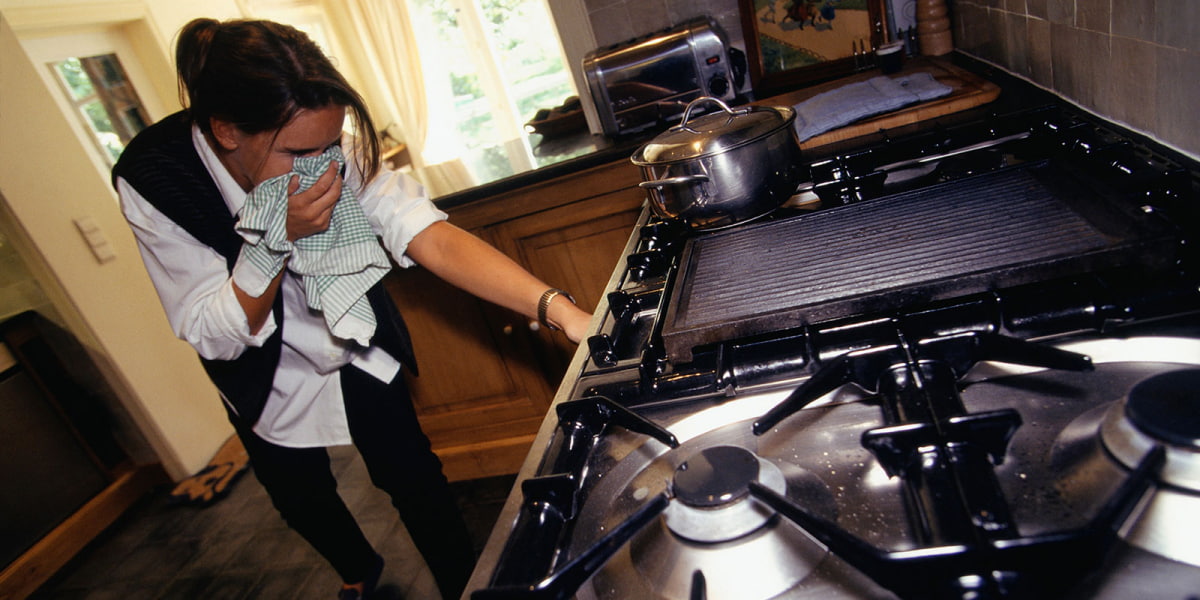Published on October 26th, 2022
Last updated on February 3rd, 2023
How To Detect Water Leaks: 4 Signs Of Water Leakage

It is no secret that water, sewer, and heating pipes begin to deteriorate and leak over time. It happens with normal wear and tear and is inevitable in most homes. Another type of water leak and pipe leak is unskilled installation, which unfortunately occurs even in new and expensive homes.
Changing the water pipes entirely is difficult, time-consuming, and financially costly. It requires the involvement of specialists with professional tools. A more practical option in most cases is to diagnose the pipeline and identify any hidden leaks. To fix the problem, you need to carry out local repairs, which will be much cheaper than a significant piping system repair. The most challenging thing in this process is finding precisely where water leaks in the pipe and localizing that place. For this purpose, specialists with experience in this field should be entrusted with searching for leaks and diagnosing leaks.
What are the signs of a water leak?
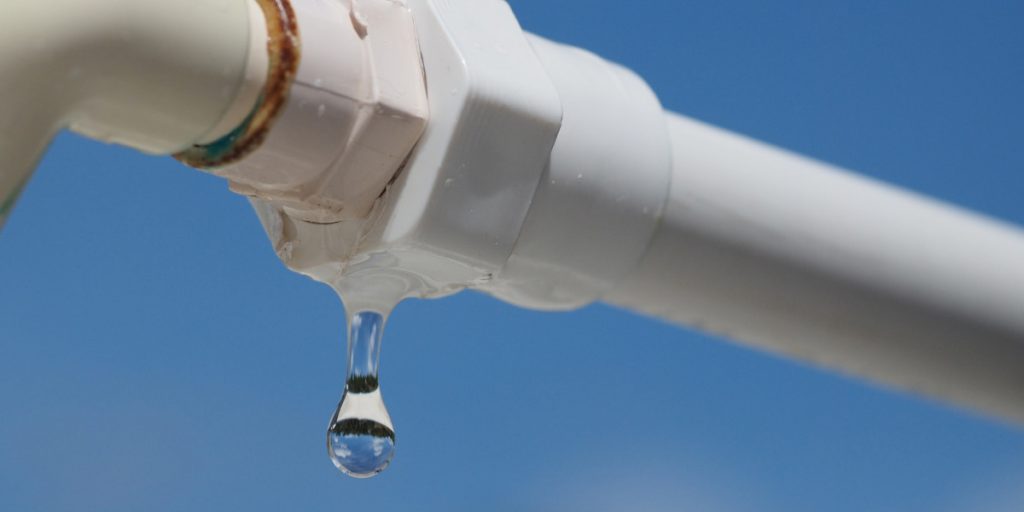
An open leak is a sign of severely neglected plumbing. Such an issue is rare. Much more common are small hidden water losses. If the leak has begun, it is imperative to fix it, as it will only intensify in the future. The main signs for finding water leaks:
- Meter readings are increasing even when water is not wasted.
- Moisture stains on the floor, wall, near piping, or appliances.
- Sounds of flowing water, with no apparent source. If it seems like the faucet under your house is turned on (but it’s not), you probably have a water leak in the pipe. Sometimes you may hear faint background noise, and specialists with a scanner can help you pinpoint the actual location of a break or defect in the pipe. After all, you can’t hear anything without a scanner, even a small water leak in an apartment or house.
- Cracks, high humidity, and unpleasant odour in places where water and sewage pipes are located can also help detect a water leak.
How do I detect a water leak?
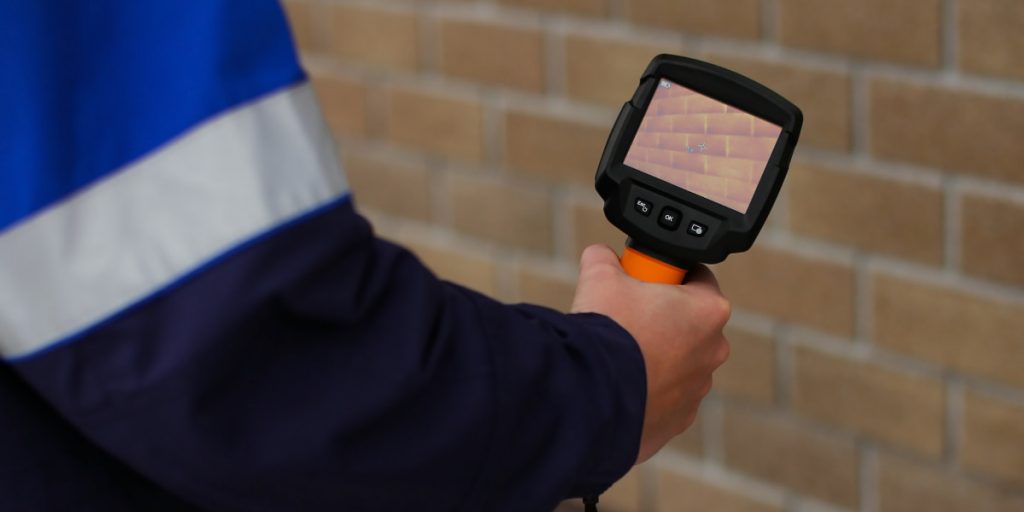
Several modern methods are widespread for this. If you order leak detection in a professional organization, specialists will likely use a comprehensive approach that combines several techniques:
- Thermal imaging.
This method involves working with the use of a thermal imager. Such a device detects temperature differences, even if only 0.1 degrees. According to the thermograms obtained, it is easy to determine precisely where the problem area is located in the pipe.
- Correlation.
It is used in cases where the pipes run at different depths. A special device leak detector, equipped with a pair of sensors, detects vibrations of the leak and thus helps to detect it.
- Acoustic.
The following method for finding water leaks is based on recording the sound vibrations caused by the leak. It is the most accurate technique of those presented.
What are the causes of water leaks?
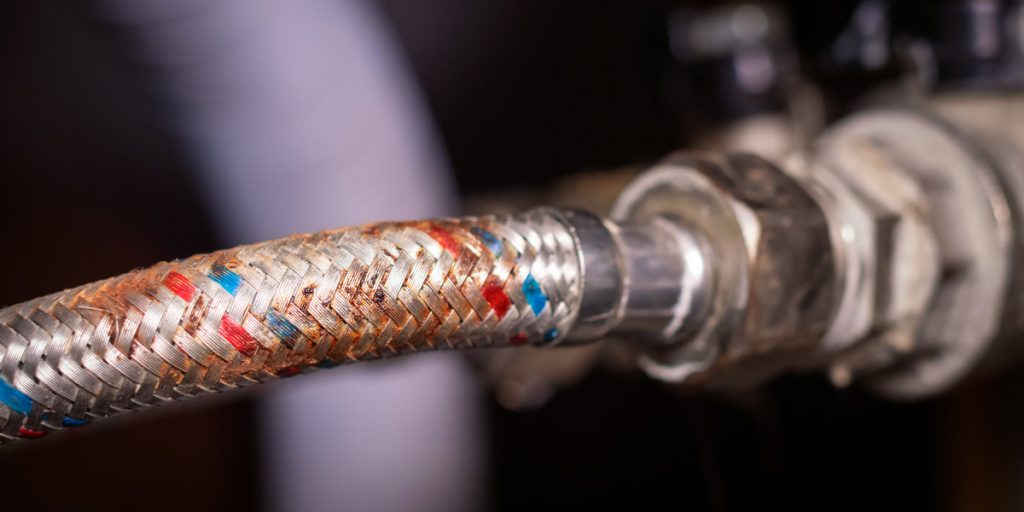
Many people often prefer to avoid replacing old water pipes because the upcoming work will cost quite a bit and is challenging to perform. Others are guided only by experience and try to replace the dilapidated pipes. But such work may not always be successful. The process of replacing water pipes requires the use of specialized tools as well as work experience. Several of the most common causes of pipe leaks are described below:
- Old water pipes that have served for decades without proper repair are typically clogged with rust, slag, and other deposits. There is only a tiny gap inside the pipe through which water flows, and as a result, the pressure in the pipe decreases.
- There is also another problem with rust on old pipes. Then holes are formed, from which water begins to flow out. In such places, the pipe wall becomes relatively thin and bursts, notwithstanding the water pressure. These places are pretty dangerous and highly vulnerable, so finding water leaks is twice crucial in such a situation. Such pipes can break through and flood your apartment and, with it – and your neighbours.
- It is also possible that the pipes can burst after freezing water in the system, and you can detect such breaches only in the spring when it is relatively warm outside. In this case, the ice forms first on the pipe’s walls and then grows along the radius until the pipe is completely covered with an ice plug. The formation of such a plug leads to a rapid increase of pressure in the pipe because it bursts.
- It is worth noting that hot water pipes break more often due to sudden temperature differences in the pipeline.
Bottom line
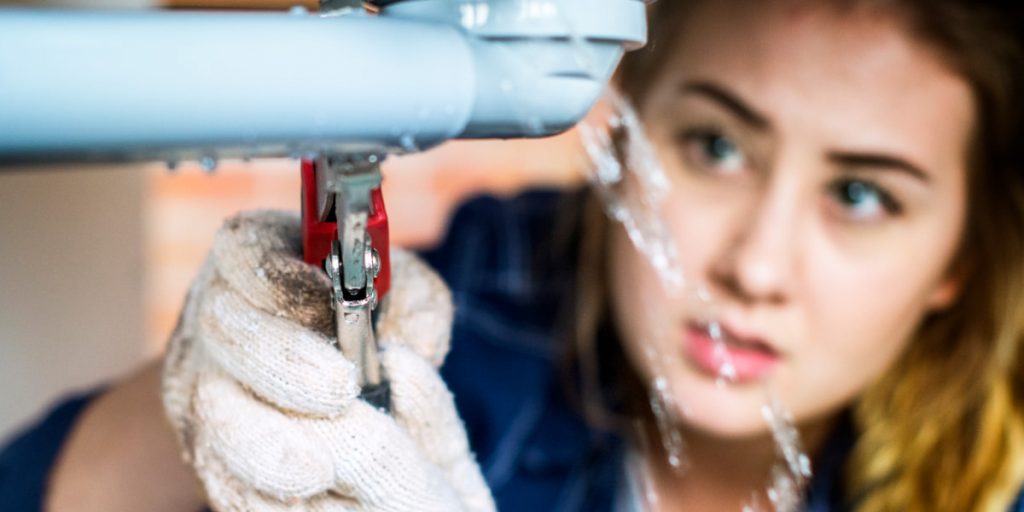
Of course, it is necessary to detect a water leak not only in the pipeline itself but also in all its branches. Leaks cannot be in the pipe itself, in places where pipelines connect with equipment, or directly in household appliances (eg – hoses, dishwashers, washing machines). Also, you can read about propane leaks, which are more dangerous than water. If you can not solve the problem alone, you need to contact professionals immediately.
FAQ
How do you detect a water leak underground?
A section of pipe is measured, and special cushions are inserted along it, which are inflated and seal the pipe. Air pressure is forced into the sealed section of the pipe. If, after some time, the pressure remains the same, then there is no leak.
What happens if you don’t fix the leak?
When water enters brick or concrete (depending on what material the house is built of), it tears the material from the inside out once it freezes. It is worth noting that wet materials also give off heat faster, i.e., wet walls in the house will be colder than dry ones.
How do I fight mold due to a water leak?
Some specific remedies help fight mold and mildew, but finding a one-size-fits-all solution is not easy. Without trying several remedies, you won’t be able to determine the one that’s best for you. The best solution, in this case, is to periodically diagnose the plumbing for hidden leaks and fix any problems promptly.
Is a water leak dangerous?
Undoubtedly yes. The most hazardous factor for humans is the occurrence of mold. Spending a lot of time with the high humidity premises, each of you risks your health. It can also include: overconsumption of water, flooding the neighbors, and unnecessary costs.
How to detect water leaks in underfloor heating?
The most reliable way to find a leak. On it, you will immediately see the problematic pipe and with an accuracy of a few millimeters, you will be able to determine in what place the floor heating leaks. Once the defects have been found and fixed, a thermal imaging report is prepared with recommendations for fixing them.


